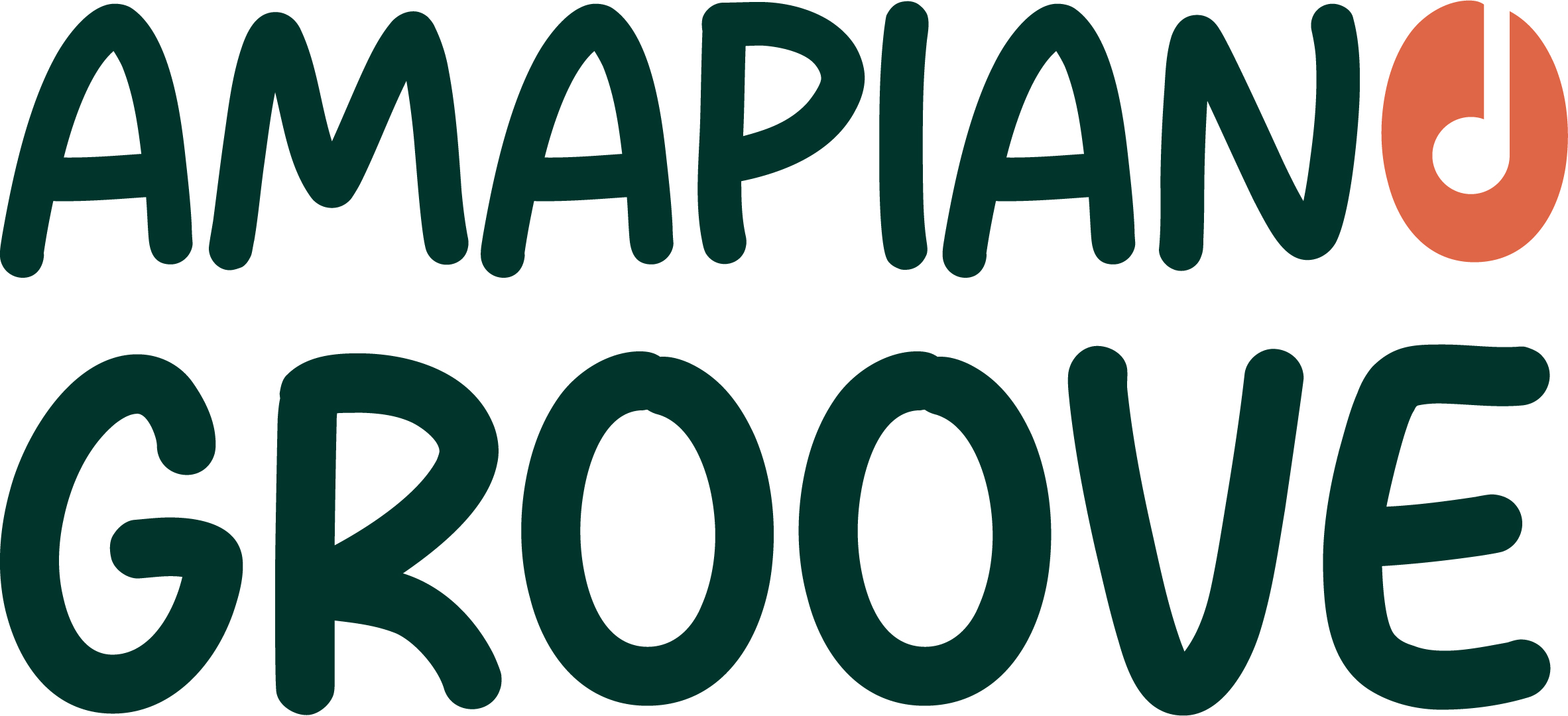Amapiano still pulses through clubs, playlists, and global streams. But lately, industry voices suggest the sound is changing fast—and not just musically. The question on everyone’s lips: Is Amapiano fading, or simply evolving?
The Pressure Is Real
DJ Maphorisa, one of Amapiano’s founding figures, recently said the game isn’t what it used to be. He told Metro FM’s Tbo Touch show, “It’s tough now, it’s not easy. It’s not like before.” He says attention spans are shorter, hits are needed quicker, and competition is heavier.
Superstar Drought & Saturation
Nadia Nakai also spoke up about the “superstar drought.” She observed that many artists are coming out with tracks but disappearing just as fast. She questioned whether listeners can form real attachments when the output is high volume but low consistency.
Global Reach Still Expanding
Despite these challenges, Amapiano’s global metrics are strong. Between 2018–2023, Spotify streams for Amapiano rose by over 5,600%. Plus, in East Africa clubs, the genre is being adapted—mixed with Bongo Flava, and remixes by local DJs keeping the sound alive and fresh.
How Artists Are Adapting
To avoid decline, many producers are switching gears:
•Shorter singles instead of long albums. They know listeners want instant hits.
•Genre fusion: adding Afrobeats, traditional rhythms, or newer sounds to keep the sound unique.
•Stronger brand identities: artists focus on persona, visuals, storytelling—not just beats. This builds loyalty beyond one viral track.
The Verdict: Not Dead, Just Growing Up
Amapiano isn’t going away. But it’s shifting from hype to staying power. The genre is developing into something with depth. Challenges are real: oversaturation, derivative tracks, and commercial pressure. But artists who lean into creativity, collaboration, and connection are the ones likely to thrive.

